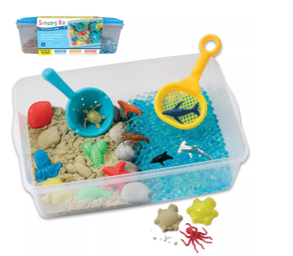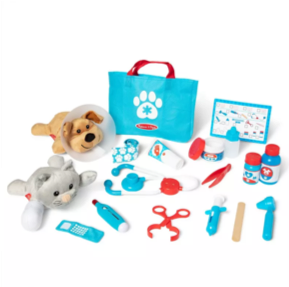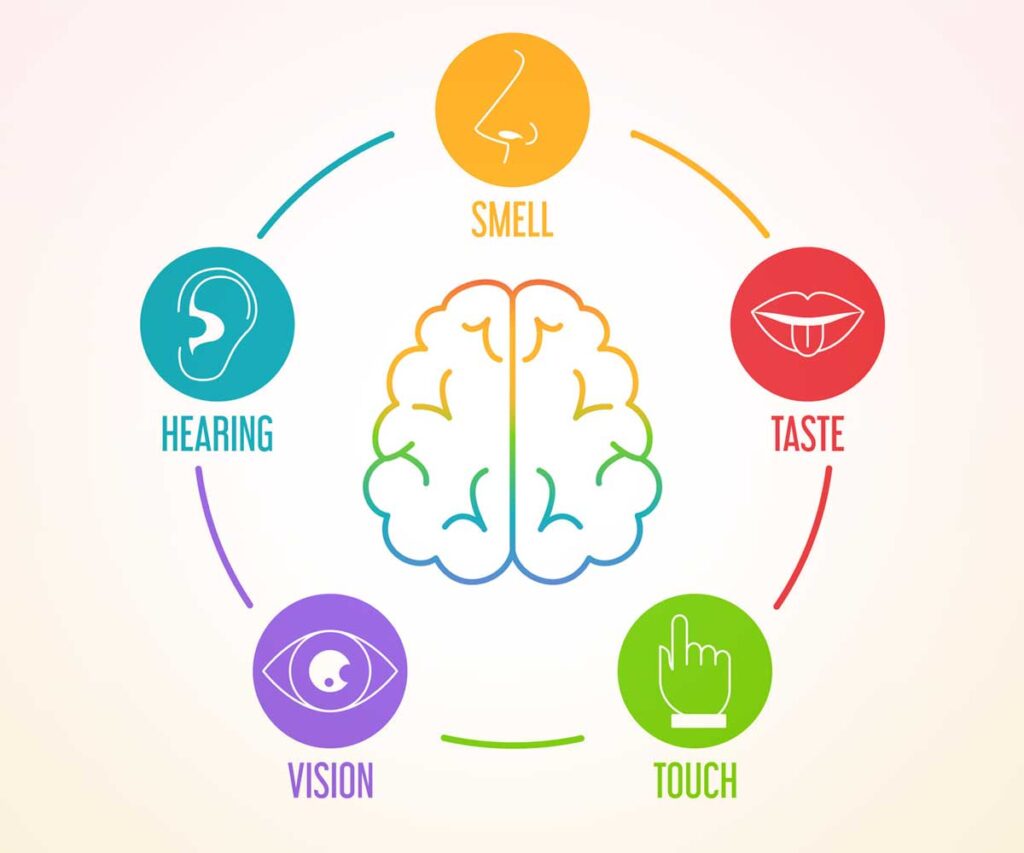APRIL IS OCCUPATIONAL THERAPY MONTH!
By Kaysie Smith, MSOTR/L, CLC
April is Occupational Therapy (OT) Month, and it’s the perfect time to celebrate the incredible impact of OT on children’s growth, independence, and confidence. Whether your child is struggling with fine motor skills, sensory processing, or self-care, pediatric occupational therapy provides the tools and support they need to succeed.
At Gro, we specialize in play-based, child-centered therapy designed to help kids overcome challenges and reach their full potential.

What is Pediatric Occupational Therapy?
Pediatric OT focuses on helping children develop the skills they need for everyday life—whether that’s holding a pencil, making friends, tying their shoes, or trying new foods. Every child is unique, and our therapists create fun, customized activities that build on their strengths while addressing any difficulties.
Key Areas We Support:
🖍 Fine motor skills – Strengthening hands for writing, cutting, buttoning, and zipping.
🤸 Gross motor skills – Improving coordination, balance, and movement for play and sports.
🌟 Sensory processing – Helping kids who feel overwhelmed by lights, sounds, textures, or movement.
👕 Self-care skills – Encouraging independence in dressing, grooming, and using utensils.
💬 Social and emotional skills – Supporting kids in managing feelings, making friends, and communicating.
🍎 Feeding & oral motor skills – Helping picky eaters and kids with sensory aversions or chewing difficulties.
How Families Can Celebrate OT Month at Home
This April, try these fun OT-inspired activities that encourage development through play!
🎨 Sensory Art – Let your child explore textures with finger painting, playdough, or sensory bins.
🧩 Fine Motor Fun – Practice cutting, beading, or sticker peeling to strengthen little hands.
🏃♂️ Obstacle Course – Set up balance beams, tunnels, or jumping stations to build coordination.
🥄 Kitchen Helper – Let kids mix, pour, and stir—great for hand strength and sensory engagement!
🧺 Laundry Sorting – Have kids match socks, fold towels, or sort clothes for fine motor practice.
Could Your Child Benefit from OT?
If your child struggles with every day tasks, occupational therapy (OT) can help them build confidence and gain the skills they need to thrive at home, in school, and in daily life.
Early support can make a world of difference! Contact us today to schedule an evaluation or learn more about how OT can support your child’s growth and success.










